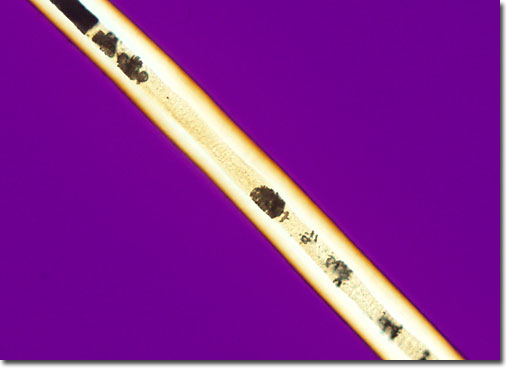|
Closely related to the vicuņa, llama, and guanaco, the alpaca is often grouped with these other animals under the collective term lamoids, which is meant to distinguish them from the Old World camelids. Unlike true camels, lamoids do not feature humps on their backs, although they are otherwise quite similar in appearance. Both camels and lamoids are believed to have originated in North America, but over the course of history have come to inhabit completely different areas of the Earth. Today, the natural range of alpacas is restricted to only parts of Bolivia, Chile, and Peru, but the animals are appearing with increasing frequency in the United States, Canada, and several other countries where breeders have taken an interest in raising them, primarily as source of wool.
|
